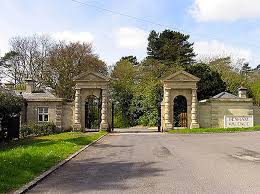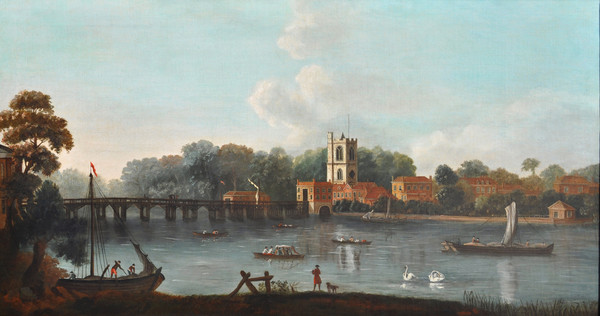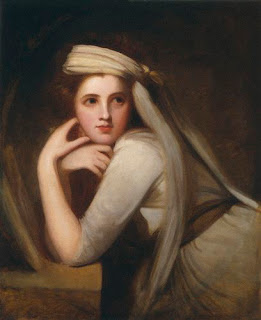The Craven Family of Hamstead Marshall, Enborne, Berkshire

If you go to Hamstead Marshall, near Newbury, in Berkshire, you will see a pair of enigmatic gateposts standing in the middle of what looks like open farmland. They lead nowhere, and the effect is surreal. There are seven other pairs of gateposts of similar style in the locality, giving a clue to the existence of a now-vanished house and park. In fact there have been many buildings on this site, including a mediaeval castle. The name comes from the Marshall family who owned it in the reign of Henry II. In 1550, Edward VI gave the estate to his sister, the young Princess Elizabeth. There are some scandalous rumours that the Tudor house was a hiding-place for a secret love-child the Queen bore in her youth, but this is probably legend. Elizabeth I when a Princess c.1546. Did she have a secret love-child at Hampstead Marshall? After she came to the throne, the Queen gave Hamstead to Sir Thomas Parry, formerly her bursar, who built a new residence there. In 1620, t




